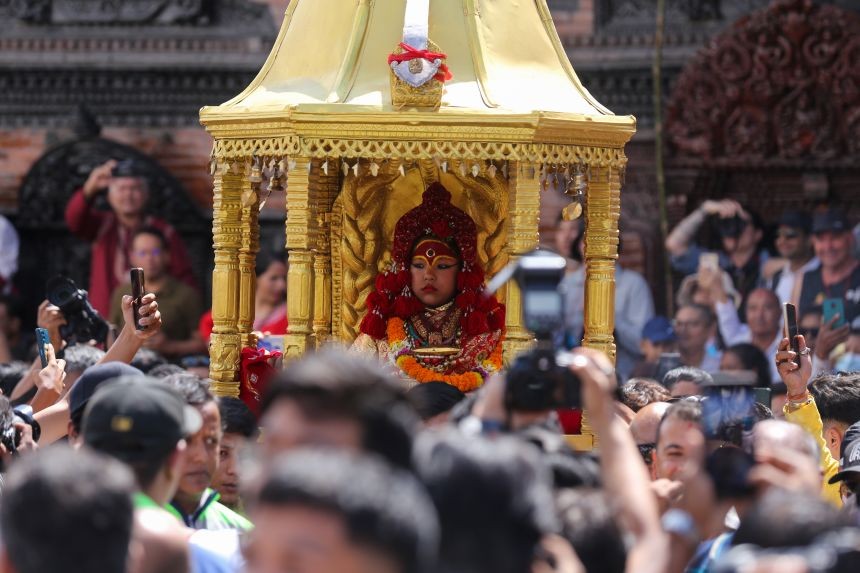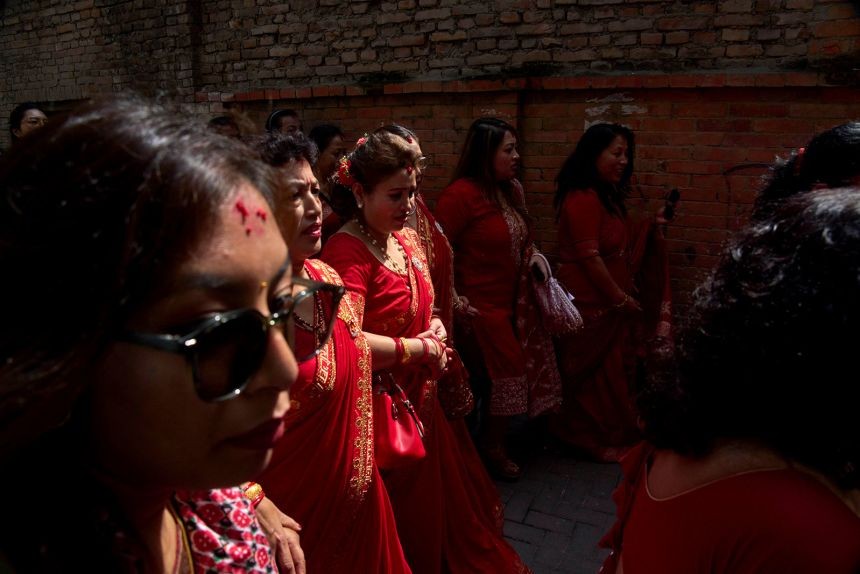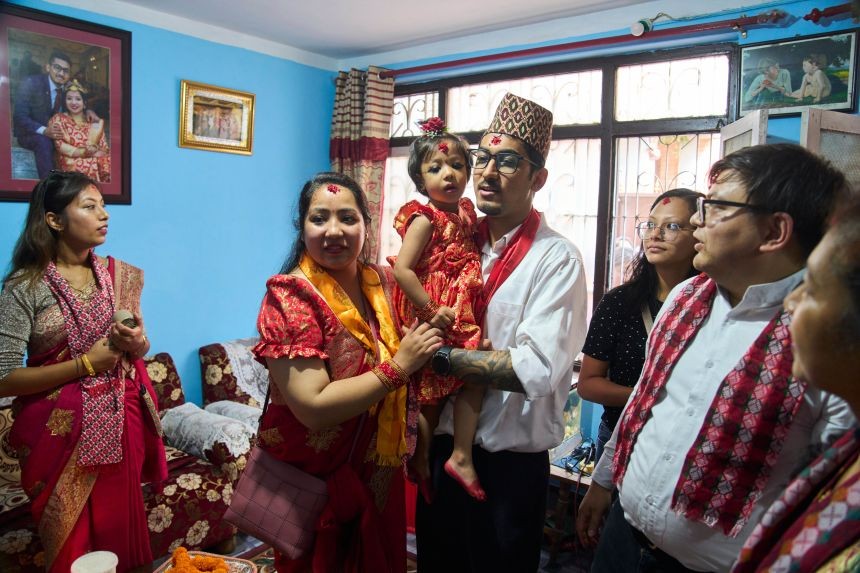2-Year-Old Kumari: Nepal's Living Goddess Crowned at Dawn, Bound by Red, Ritual, and a Secluded Destiny
During Nepal's grand Indra Jatra festival—the country’s longest and one of its most sacred celebrations—a two-year-old girl, Aryatara Shakya, was chosen as Kumari, Nepal’s living goddess. The Kumari is revered by both Hindus and Buddhists in a predominantly Hindu nation, and her role lasts until puberty, when the goddess becomes a mortal again. Aryatara, aged 2 years 8 months, will soon move from her Kathmandu home to the temple palace, where she will live for several years, always dressed in red with her hair pinned into topknots and a painted ‘third eye’ on her forehead.

In This Article:
How a Kumari Is Chosen: Criteria, Parade, and Sacred Duty
Kumaris are selected from the Shakya clan of the Newar community. Girls are chosen between ages 2 and 4 and must have unblemished skin, hair, eyes, and teeth, and they should not be afraid of the dark. The selection occurs during the Indra Jatra festival, when the former Kumari is wheeled around on a chariot pulled by devotees. The Kumari always wears red, pins her hair in topknots, and has a third eye painted on her forehead. The new Kumari is paraded through the streets of Kathmandu before entering the temple palace that will be her home for several years. She will bless devotees, including the president, on Thursday.

A Life of Reverence and Restriction: The Kumari’s World
Kumaris lead a highly disciplined, secluded life. They have few playmates and are allowed outside only for major festivals. Former Kumaris face challenges adjusting to normal life, such as learning to do chores and attending regular schools. Folk belief holds that men who marry a former Kumari will die young, which leaves many Kumaris unmarried. In recent years, traditions have begun to soften: Kumaris can receive education from private tutors inside the temple palace and may even watch television. The government now offers a small pension to retired Kumaris—about $110 a month, just above the national minimum wage. Fathers of new Kumaris often speak with awe: “She was just my daughter yesterday, but today she is a goddess.”

Tradition in Transition: What Nepal’s Living Goddess Means Today
The Kumari tradition remains a powerful symbol for many in Nepal, bridging ancient ritual with modern life. The eighth day of Dashain, marking the victory of good over evil, sees offices closed and families celebrating; later in October, Dashain's culmination and Tihar (Diwali) bring further festivity. Changes—such as access to private tutoring, limited outside exposure for festivals, and a pension for retired Kumaris—reflect ongoing debates about autonomy, education, and gender in a tradition that endures across centuries. Aryatara’s path underscores how Nepal’s sacred rituals adapt while continuing to demand reverence from a nation watching the interplay of faith, dynasty, and modern life.

